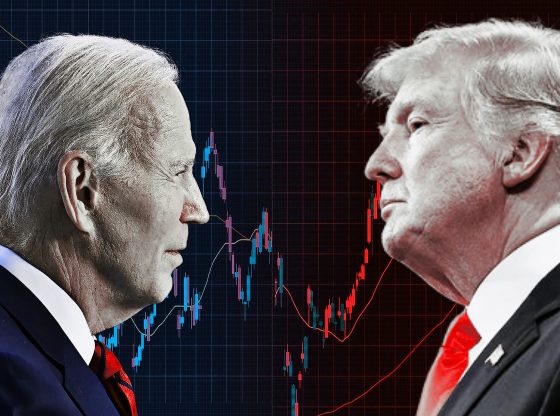Inflation stays on the rise, and August was even faster than expected as the consumer price index hits 8.3%. Although gas prices have gone down in recent months, overall prices of goods continue to rise. As the economy faces a recession, consumer price indexes hitting new highs spells bad news for the economy.
The Labor Department said Tuesday that the consumer price index, a broad measure of the price for everyday goods including gasoline, groceries and rents, rose 8.3% in August from a year ago. Prices climbed 0.1% in the one-month period from July.
Those figures were both higher than the 8.1% headline figure and 0.1% monthly decline forecast by Refinitiv economists, a worrisome sign for the Federal Reserve as it seeks to cool price gains and tame consumer demand with an aggressive interest rate hike campaign. Stock futures tanked on the surprisingly hot report, with the Dow Jones Industrial Average down more than 400 points.
So-called core prices, which strip out the more volatile measurements of food and energy, climbed 6.3% from the previous year, above the 6.1% forecast from economists. Core prices also rose more than expected on a monthly basis, jumping 0.6% in August – a bigger increase than in April, May, June and July, and a troubling sign that underlying inflationary pressures in the economy remain strong.
Scorching-hot inflation has created severe financial pressures for most U.S. households, which are forced to pay more for everyday necessities like food and rent. The burden is disproportionately borne by low-income Americans, whose already-stretched paychecks are heavily impacted by price fluctuations.
Although households saw some real reprieve last month in the form of lower energy prices, which fell 5% in August from the previous month, other price gains proved persistent and stubbornly high.
Americans are paying the most they have for groceries since 1979, with groceries raising 0.7% this past month. Americans trying to buy cereal, milk, vegetables, and other common produce paid 13.5% more over this last 12-month period. As the economy attempts to recover from COVID-19, some can’t help but notice that the long-term closures of businesses likely hurt the economy much more than it would’ve otherwise been impacted.















Reading your article helped me a lot and I agree with you. But I still have some doubts, can you clarify for me? I’ll keep an eye out for your answers.